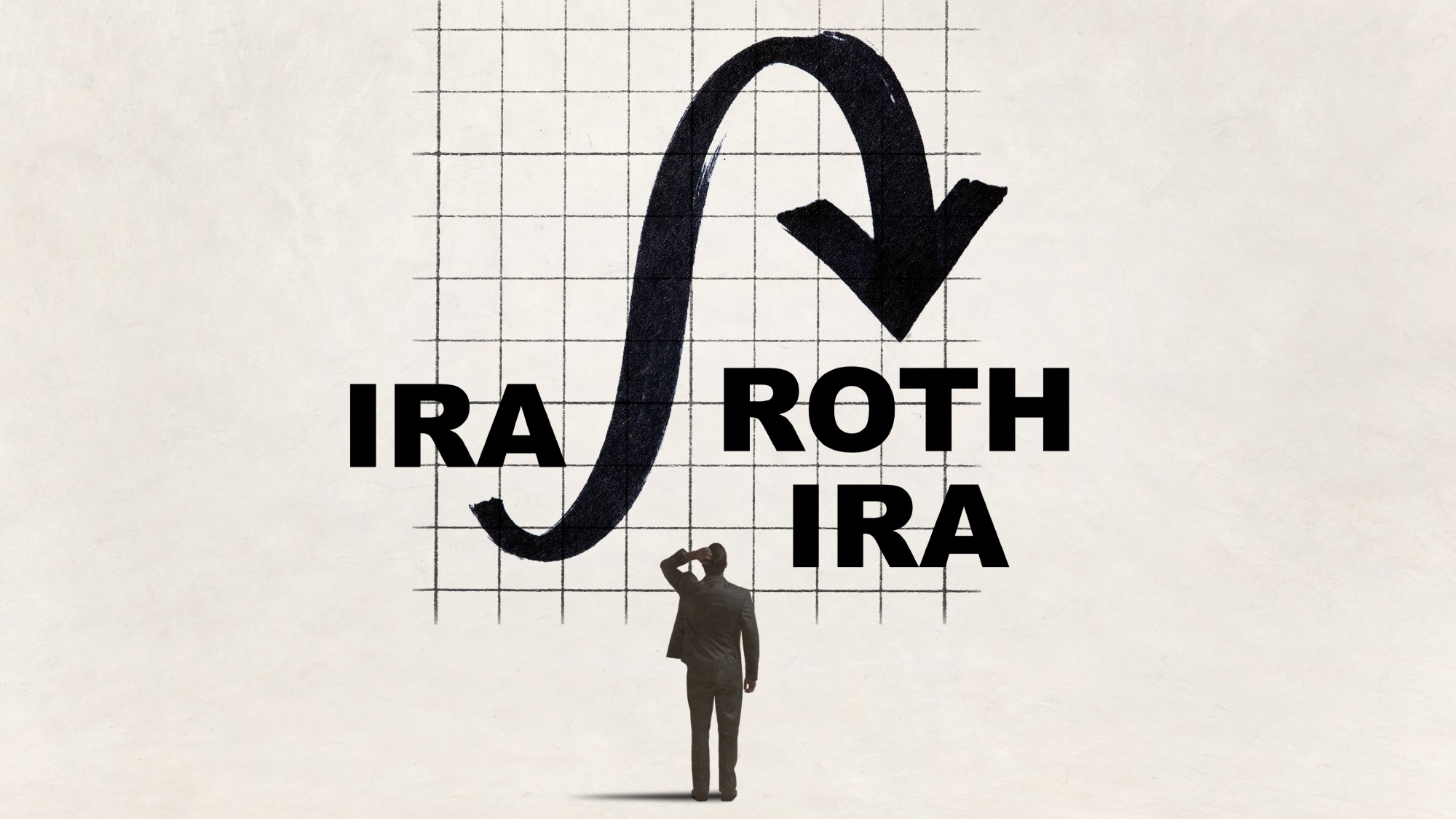What are portable mortgages and how do they work?
Homeowners can transfer their old rates to a new property in the UK and Canada. The Trump administration is considering making it possible in the US.


If you have a great rate on your mortgage, it may feel tough to give that up to move houses — especially if current mortgage rates are significantly higher. But what if you could move your mortgage with you? This is, effectively, what portable mortgages make possible: they allow existing homeowners to take their existing rate with them to a new property.
As of now, this type of mortgage is primarily available abroad. But the Trump administration has floated the idea of making it possible in the U.S. Those in favor “argue that portability could loosen up inventory by making it more affordable for current homeowners to move,” said Kiplinger. However, others contend that it may “introduce significant complications,” not to mention “offer little benefit to renters or first-time buyers struggling with today’s prices.”
How do portable mortgages work?
While “selling your home usually means saying goodbye to that loan and the rates and terms attached, a portable mortgage allows you to move with it,” said Realtor.com. Say, for example, there is a “homeowner selling their house for $400,000 with half of that paid off on a 3% mortgage,” said CNN Business. If they had a portable mortgage, they “could sell their home and transfer the $200,000 left on the loan to the new house, keeping the 3% rate.”
The Week
Escape your echo chamber. Get the facts behind the news, plus analysis from multiple perspectives.

Sign up for The Week's Free Newsletters
From our morning news briefing to a weekly Good News Newsletter, get the best of The Week delivered directly to your inbox.
From our morning news briefing to a weekly Good News Newsletter, get the best of The Week delivered directly to your inbox.
The math can get more complicated if the new home costs more than the last one did. In that case, it would be necessary to cover the difference in cost between the two properties, “either in cash or through a second, smaller loan likely issued at the current higher interest rate,” said CNN.
Why are portable mortgages not already available in the US?
In the U.K. and Canada, it is already possible to get a portable mortgage. But the concept has not made its way to the U.S. yet. This is largely due to a vast difference in the usual lengths of mortgage terms. While in the U.S., mortgage terms are typically 15 or 30 years, in the U.K. and Canada, terms are usually only two to five years. These shorter loan terms “lend themselves to portability because borrowers can’t lock in an interest rate for decades,” said Yahoo Finance.
An additional complication is the central role of mortgage-backed securities in the U.S. housing market. Those are “essentially bundles of mortgages that banks or lenders sell to investors, which gives the banks the cash they need to issue new loans and keep the mortgage market flowing,” said CNN Business.
Could portable mortgages help with home affordability?
In short, “while there’s a clear upside to portable mortgages for homeowners with low interest rates, there’s little benefit to everyone else,” said Realtor.com. First-time homebuyers, for instance, who do not already have a competitive mortgage rate locked in, would still have to contend with whatever current mortgage rates are.
A free daily email with the biggest news stories of the day – and the best features from TheWeek.com
There is also the possibility that the practice, if implemented, could backfire — and not just due to complications around mortgage-backed securities. The “favorable financing of some” might in turn “push home prices up for all by increasing buying power, much like what happened during the pandemic housing boom,” said Realtor.com, citing senior economist Jake Krimmel.
Becca Stanek has worked as an editor and writer in the personal finance space since 2017. She previously served as a deputy editor and later a managing editor overseeing investing and savings content at LendingTree and as an editor at the financial startup SmartAsset, where she focused on retirement- and financial-adviser-related content. Before that, Becca was a staff writer at The Week, primarily contributing to Speed Reads.
-
 What new cryptocurrency regulations mean for investors
What new cryptocurrency regulations mean for investorsThe Explainer The Treasury and the Financial Conduct Authority aim to make the UK a more attractive and safer place for crypto assets
-
 The Salt Path Scandal: an ‘excellent’ documentary
The Salt Path Scandal: an ‘excellent’ documentaryThe Week Recommends Sky film dives back into the literary controversy and reveals a ‘wealth of new details’
-
 AI griefbots create a computerized afterlife
AI griefbots create a computerized afterlifeUnder the Radar Some say the machines help people mourn; others are skeptical
-
 3 ways to reduce the cost of owning a car
3 ways to reduce the cost of owning a carthe explainer Despite the rising expense of auto insurance premiums and repairs, there are ways to save
-
 How to shop smarter with a grocery budget
How to shop smarter with a grocery budgetThe Explainer No more pushing your cart down the aisles on autopilot
-
 What will next year’s housing market look like?
What will next year’s housing market look like?The Explainer Here is what to expect from mortgage rates and home prices in 2026
-
 What are the pros and cons of a Roth conversion for retirement?
What are the pros and cons of a Roth conversion for retirement?Pros and Cons By converting a traditional IRA to a Roth IRA, retirees can skip paying taxes on their withdrawals
-
 4 easy tips to avoid bank fees
4 easy tips to avoid bank feesThe Explainer A few dollars here and there might seem insignificant, but it all adds up
-
 4 often overlooked home maintenance tasks that could cost you later
4 often overlooked home maintenance tasks that could cost you laterThe Explainer A little upkeep now can save you money down the road
-
 How can you tell if you are ready to retire?
How can you tell if you are ready to retire?the explainer All the preparation you need to sail off into your golden years
-
 What’s the best way to use your year-end bonus?
What’s the best way to use your year-end bonus?the explainer Pay down debt, add it to an emergency fund or put it toward retirement
